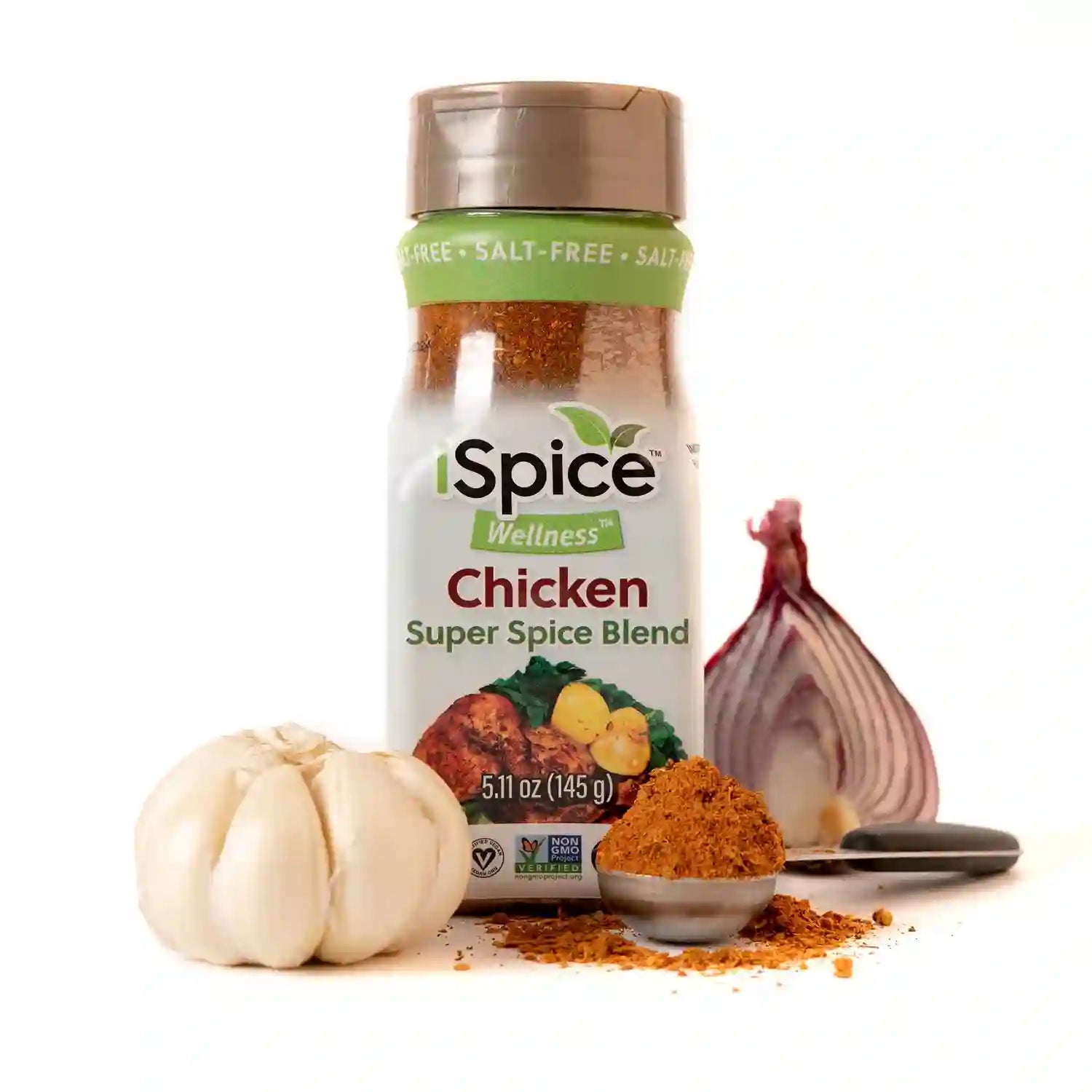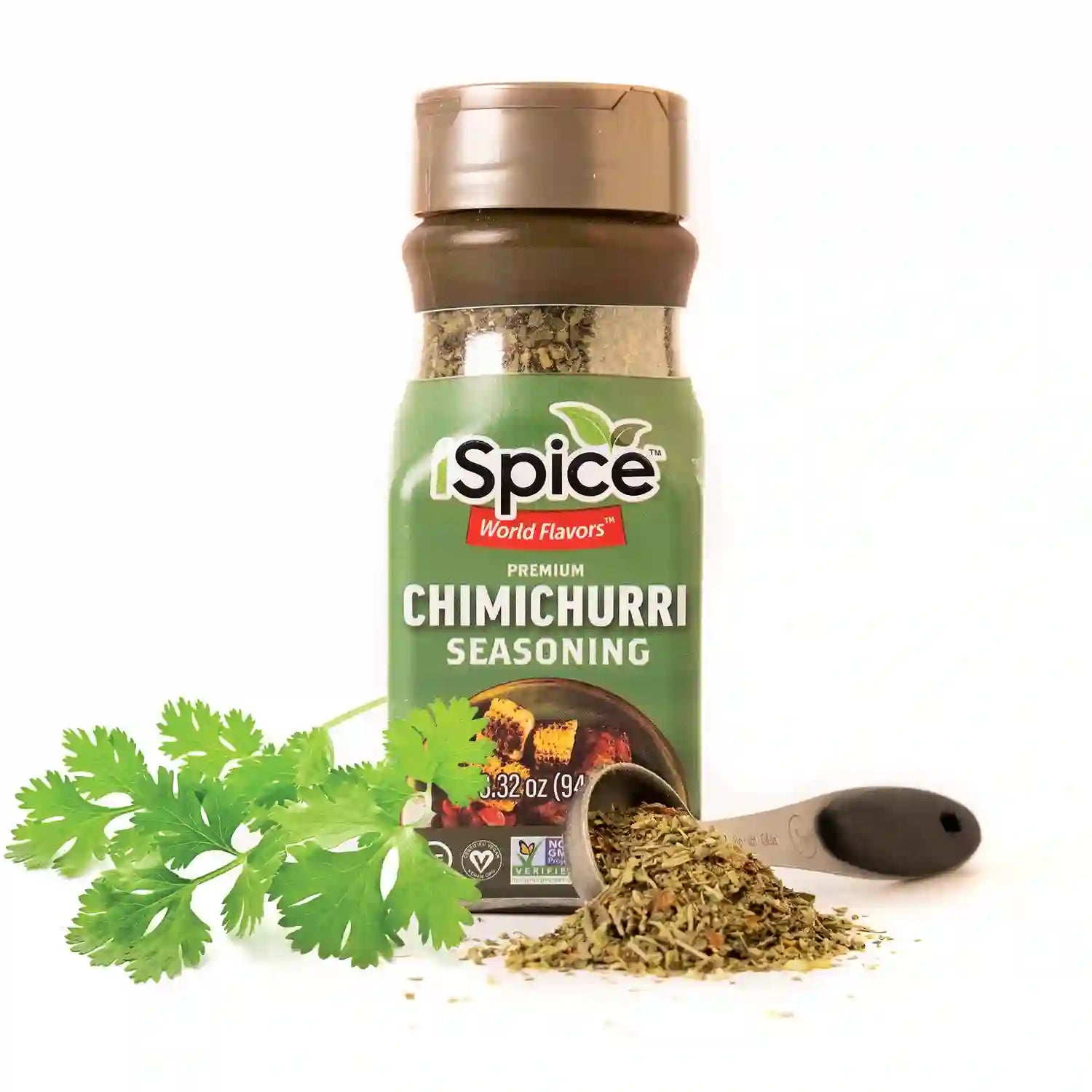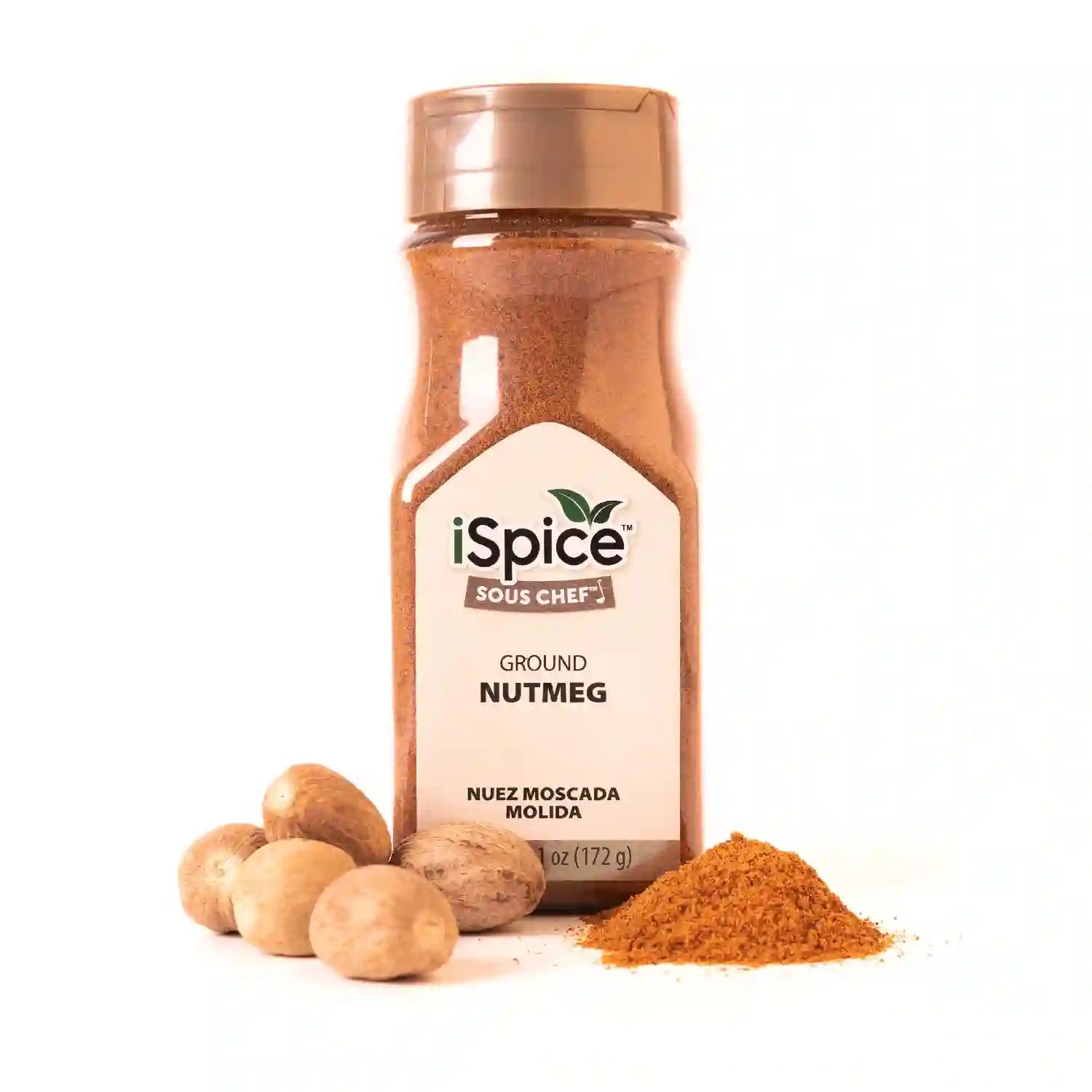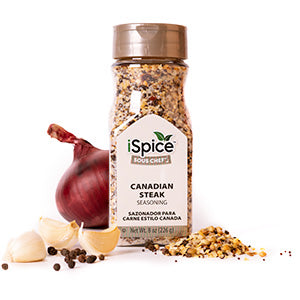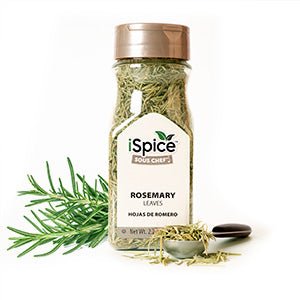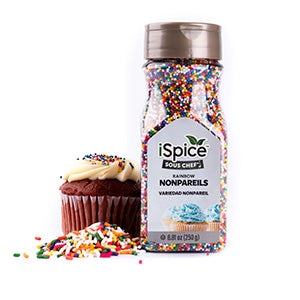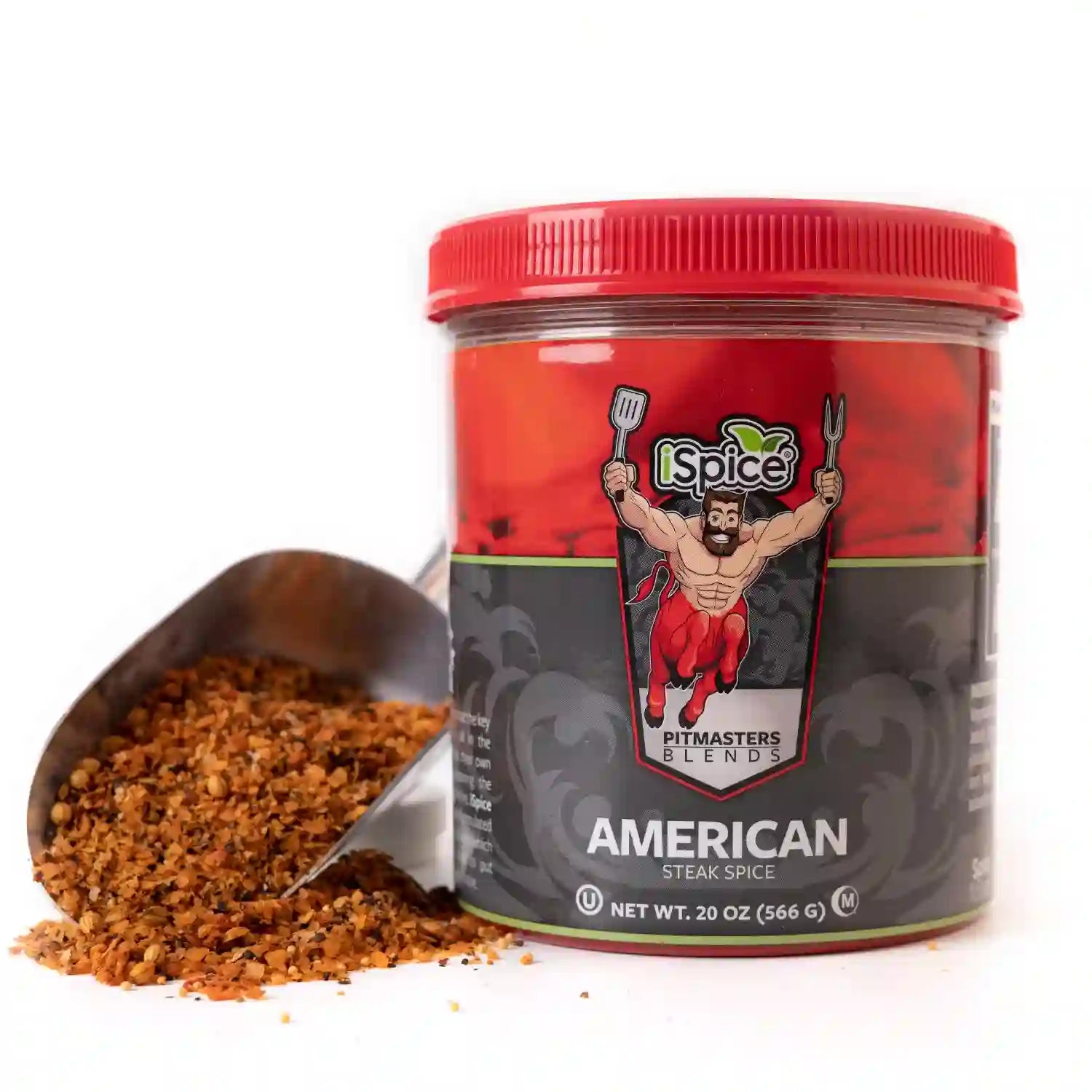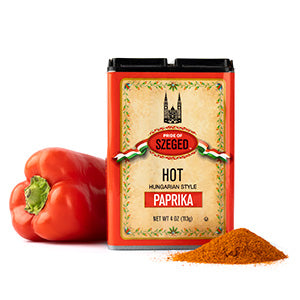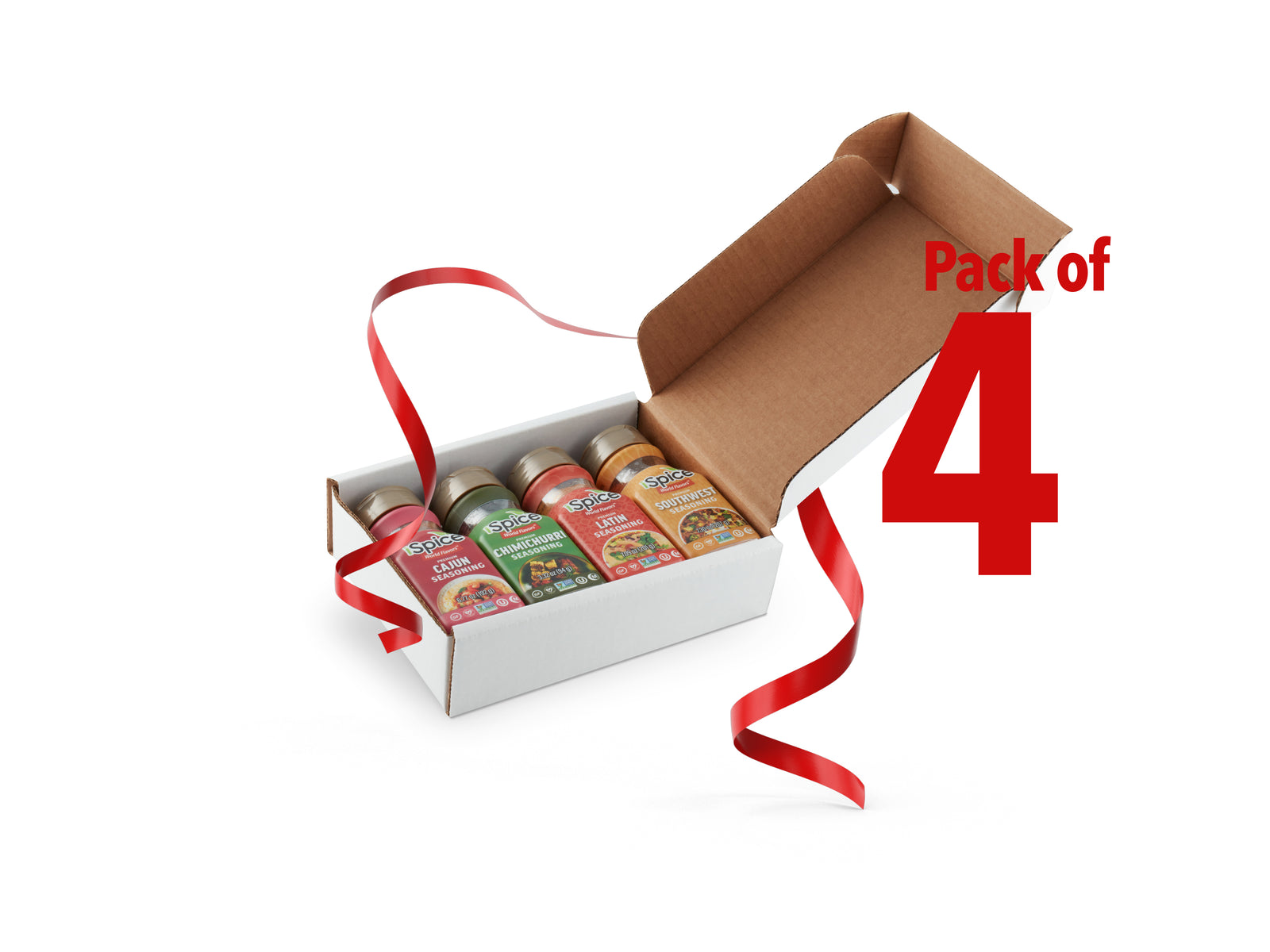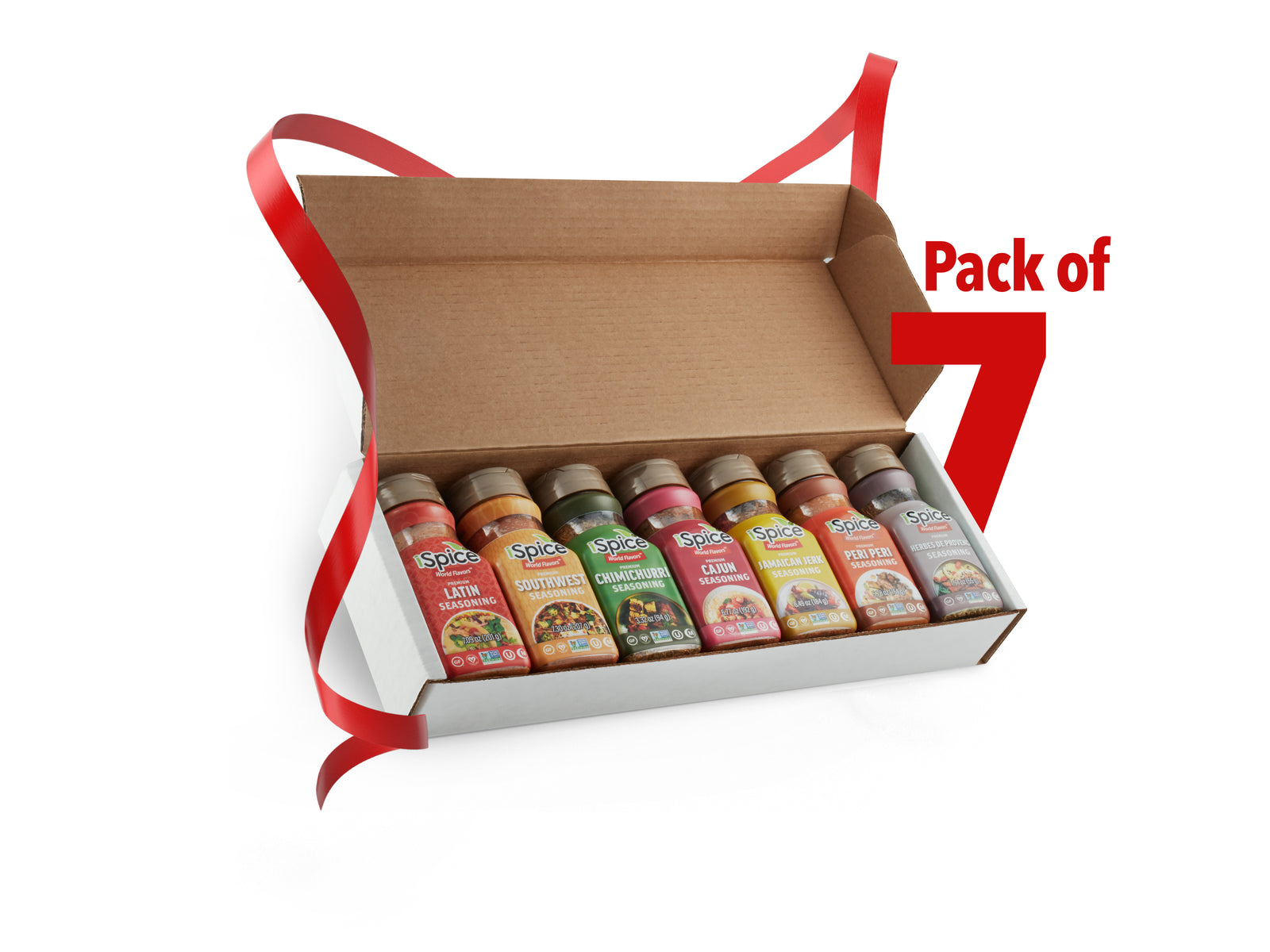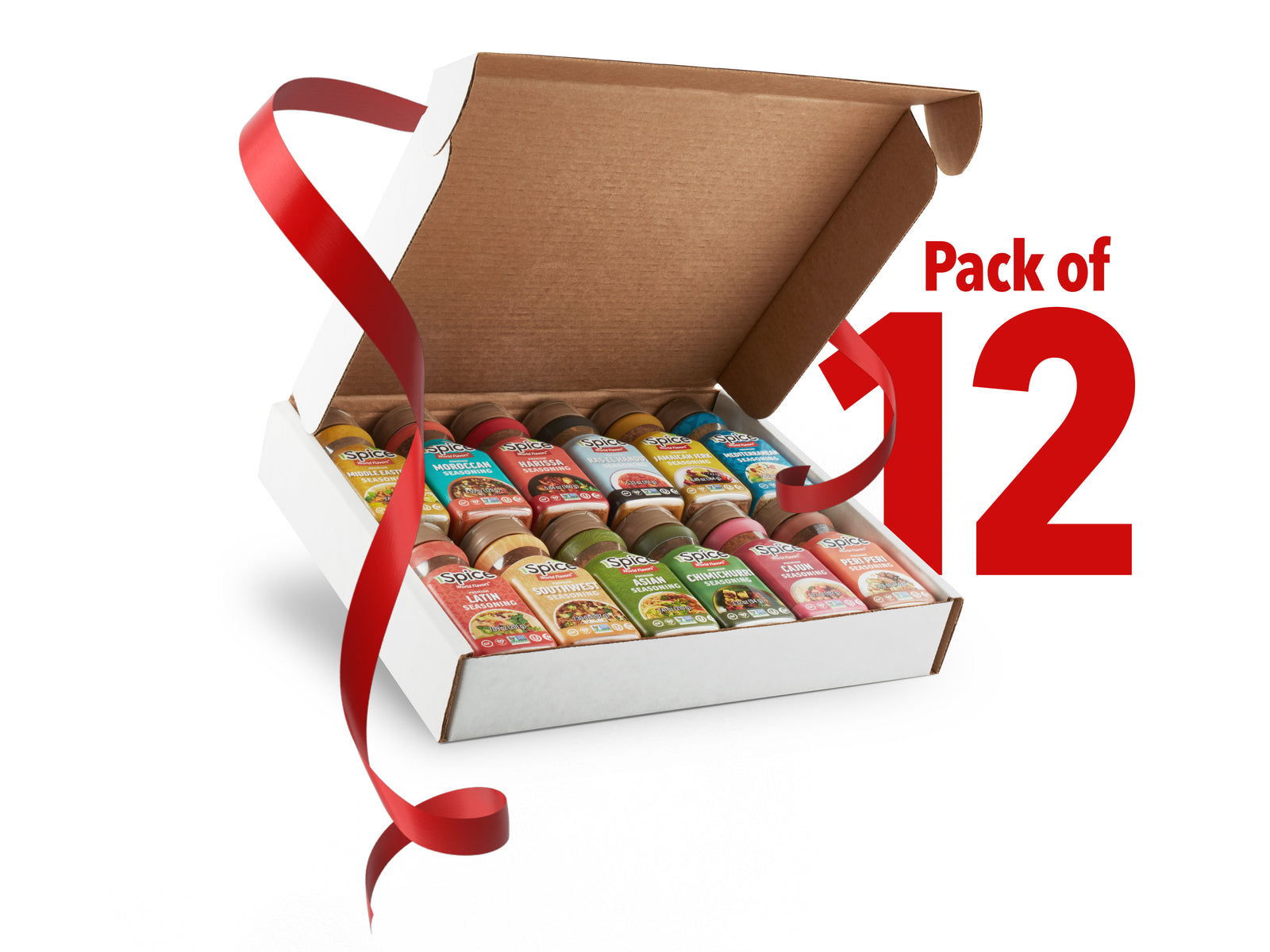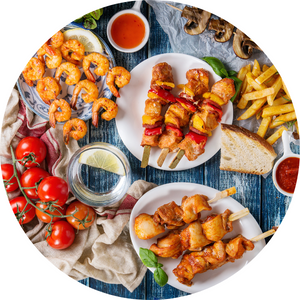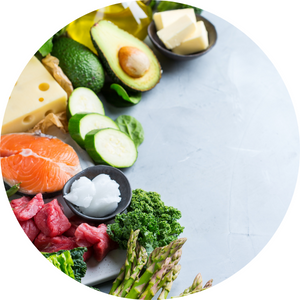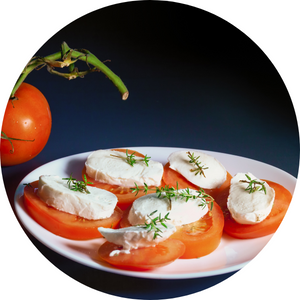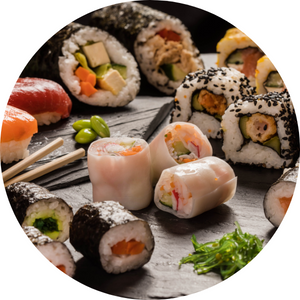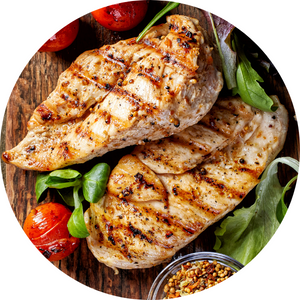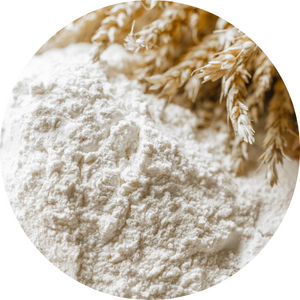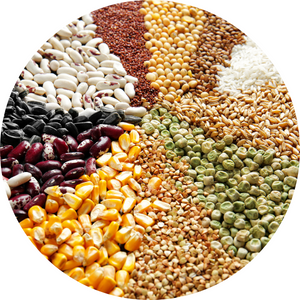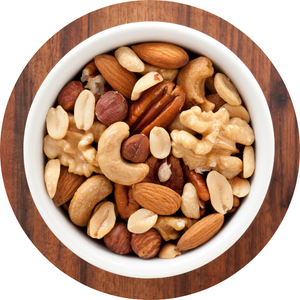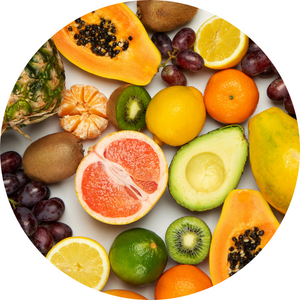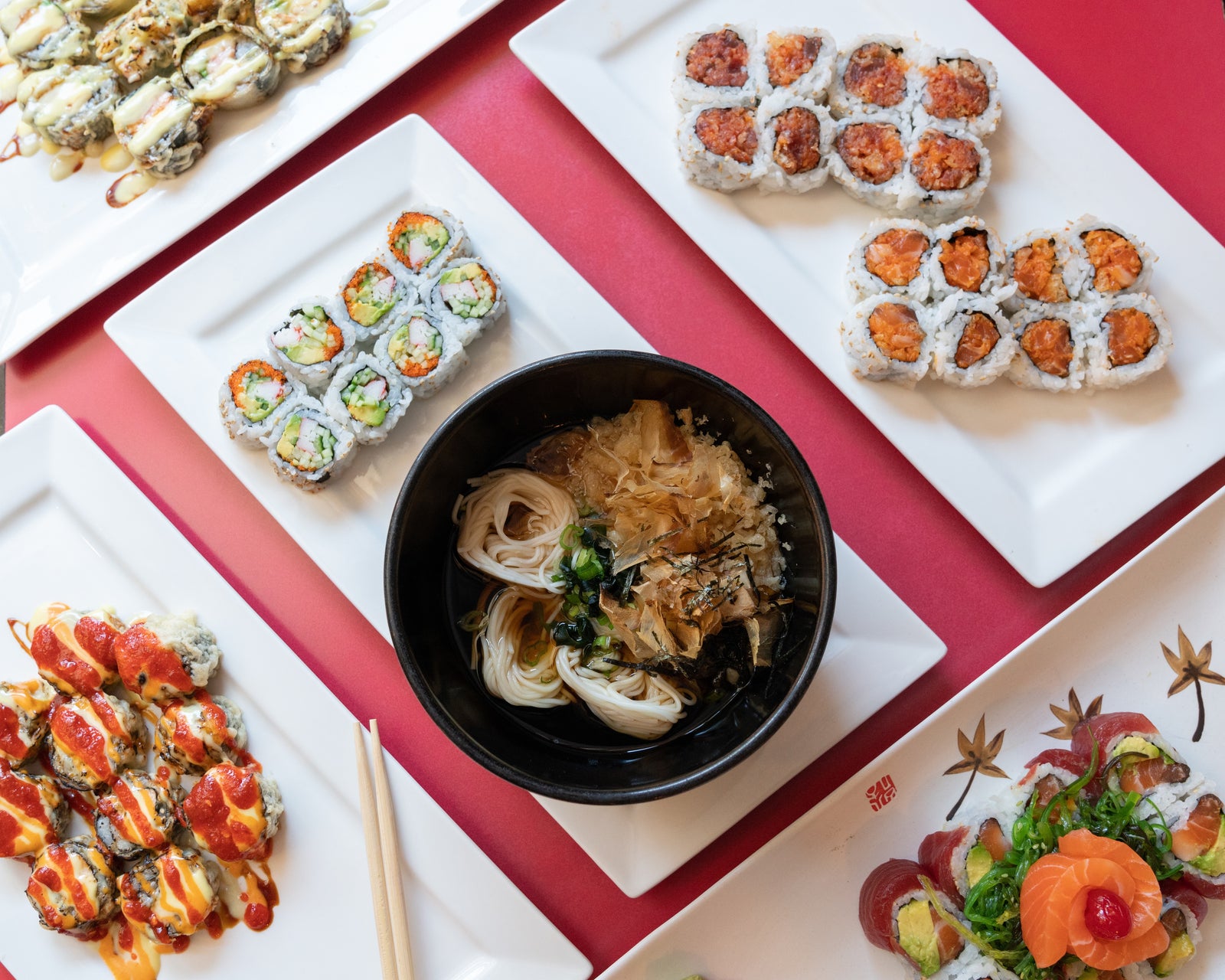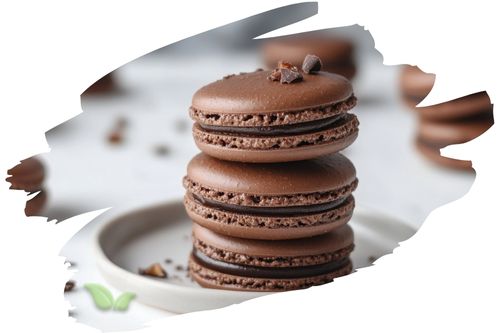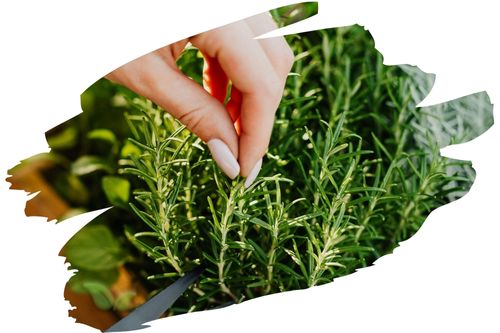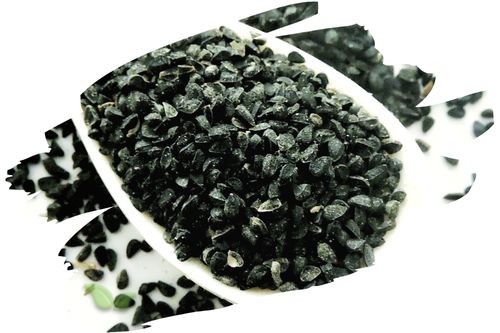
When it comes to dessert flavoring, cinnamon and nutmeg are household staples—but the world of spices goes far beyond these two. The next time you bake, try exploring global flavors that transform ordinary desserts into aromatic, gourmet creations. Spices not only add warmth and depth but also enhance natural sweetness, offering a balance of flavor that delights the senses.
1. Cardamom: The Queen of Sweet Spices
Cardamom adds a floral, citrusy aroma that pairs beautifully with cakes, custards, and cookies. Common in Middle Eastern and Indian sweets, it complements vanilla, chocolate, and dairy-based desserts. Try adding a pinch to rice pudding or shortbread for a delicate twist.
2. Saffron: Luxurious and Fragrant
Saffron’s golden hue and rich aroma elevate desserts into works of art. A few strands steeped in warm milk can transform panna cotta, cheesecake, or ice cream. This rare spice not only adds color but a subtle sweetness that feels indulgent and exotic.
3. Ginger: A Warm Kick of Spice
Ground ginger and candied ginger pieces bring gentle heat to sweet treats. Gingerbread, pumpkin pie, and fruit crisps benefit from its zesty balance. Combine it with molasses or lemon for layers of flavor that brighten baked goods.
4. Clove and Allspice: Depth and Warmth
Clove and allspice bring bold, aromatic notes that enrich fruit compotes, chocolate truffles, and cakes. Just a touch adds warmth and complexity, especially in winter desserts like spiced poached pears or mulled wine tarts.
5. Black Pepper: The Unexpected Hero
Yes—pepper in dessert! Black pepper’s subtle bite enhances chocolate and fruit-based sweets. It intensifies dark chocolate brownies and adds a surprising sophistication to strawberry or fig compotes.
6. Star Anise and Fennel: Sweet Aromatic Layers
Star anise lends a licorice-like flavor perfect for custards, cookies, or caramel sauces. Fennel seed, when lightly toasted and ground, can be used in biscotti or ice cream for a refreshing, aromatic finish.
Tips for Using Spices in Desserts
-
Start small: A pinch can go a long way. Add gradually to avoid overpowering sweetness.
-
Toast for flavor: Lightly toasting whole spices enhances their aroma.
-
Pair with care: Match spice intensity with dessert richness—for example, saffron suits creamy desserts while pepper enhances chocolate.
-
Experiment globally: Explore combinations from Indian, Middle Eastern, and Mediterranean cuisines for inspiration.
Frequently Asked Questions (FAQ)
1. What spices go well in desserts besides cinnamon and nutmeg?
Cardamom, ginger, saffron, clove, allspice, black pepper, and star anise are excellent alternatives that add depth and warmth to sweet recipes.
2. How do I balance spice flavor in desserts?
Use small amounts and taste as you go. Spices should complement, not dominate. Pair stronger spices with neutral bases like cream, vanilla, or chocolate.
3. Can savory spices be used in sweet dishes?
Absolutely. Spices like black pepper, fennel, and even cumin can bring an exotic edge when used sparingly in chocolates, cookies, or custards.
4. What desserts work best with exotic spices?
Rice pudding, panna cotta, spiced cookies, fruit tarts, and ice cream all showcase spices beautifully without overpowering their natural flavors.
5. Are spice-infused desserts healthy?
Many spices such as ginger, cardamom, and cinnamon have anti-inflammatory and digestive benefits, adding flavor without excess sugar or fat.

